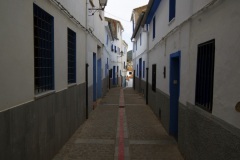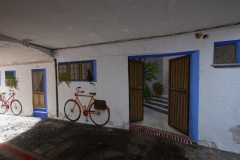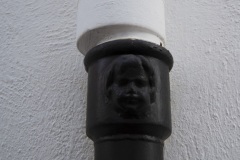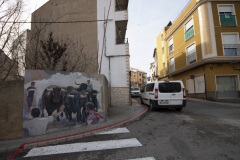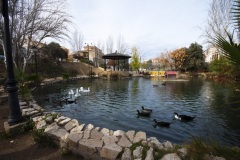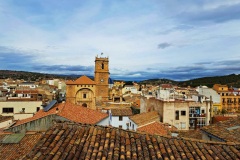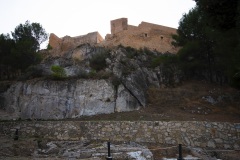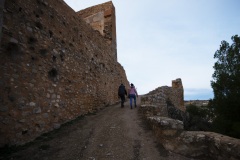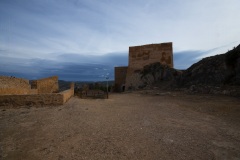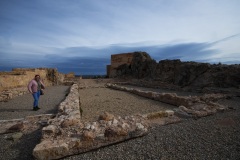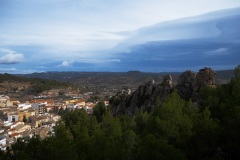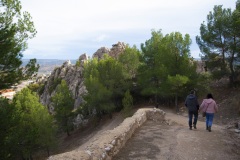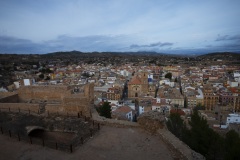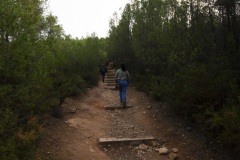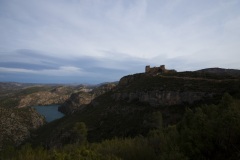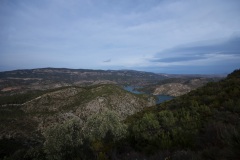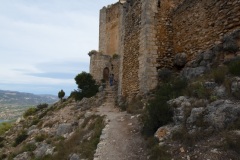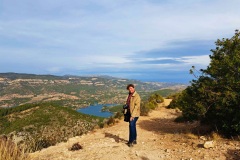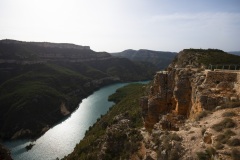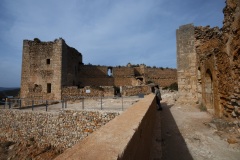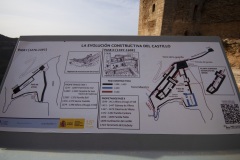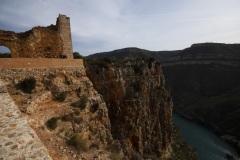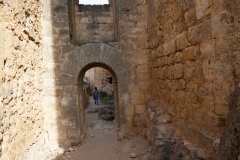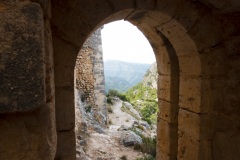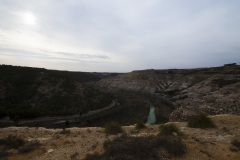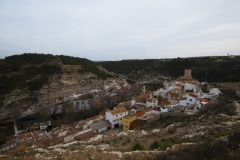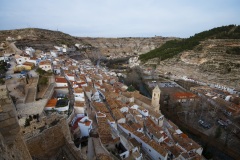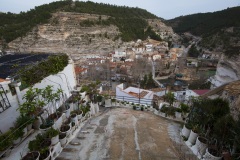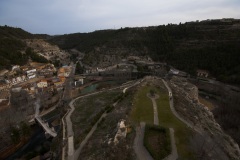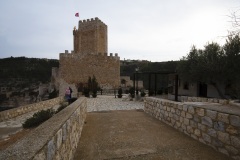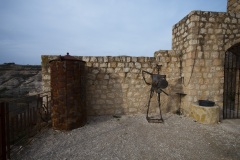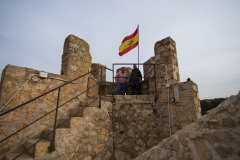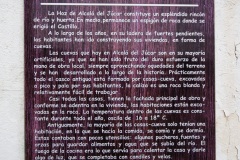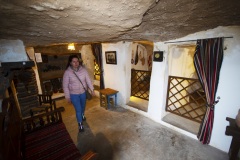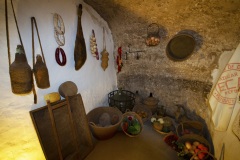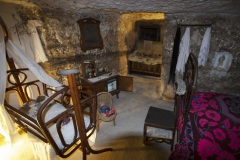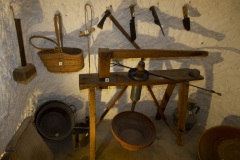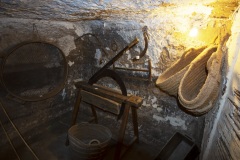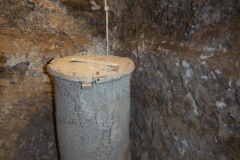We had guests who, in addition to other cultural programs, also wanted to visit some fortresses. This time we chose the area around the Jucar River, which is close enough to our home that we don’t have to stay overnight. Of course, there are more than 3 fortresses in total in this area, and the villages themselves would have actually deserved more attention, so you could easily make a trip there for a couple of days and you wouldn’t get bored. We did it in one day and returned home by sunset.
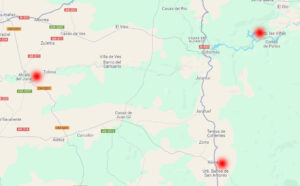 This entire area was once part of the Caliphate, and all the defenses we visited were originally built by the Arabs and then taken over by the Christians. Since these are border areas of Christian kingdoms at the time, the fortresses have been part of different kingdoms or even moved from one Crown to another and back again.
This entire area was once part of the Caliphate, and all the defenses we visited were originally built by the Arabs and then taken over by the Christians. Since these are border areas of Christian kingdoms at the time, the fortresses have been part of different kingdoms or even moved from one Crown to another and back again.
Ayora
The settlement is very cute and nicely presented. A red line runs through the village, along which you can see all the most important local attractions. To access the fortress ruins, you need to download a mobile app and get an app access permit from the local tourist information, which opens the magnetic lock at a certain time and lets you in the gate. It can also be ordered by email or phone and you don’t have to go to the tourist information office yourself.
The current fortress was built by Christians in the 13th century on top of the walls of the Arab defensive structure. In total, the length of the wall is almost 1000m and the height is 6m. After the expulsion of the Arabs, the fortress has moved back and forth between the Crown of Castile and the Crown of Aragon during various wars, and was finally transferred by the King of Aragon to the King of Valencia in the Treaty of Elche (1305).
Chirel
The castle is located on the banks of the Júcar River, near the Cortes de Pallás, and has enchanting views of the river valley and the surrounding mountains. It is one of the most beautiful and well-preserved defense structures in Valencia, and has also been awarded for this in 2023. From the car parking place, you have to walk 1.8km, however, by the end of the walk you are 560m higher then were you started. A good walk to set the good mood.
Alcalá del Júcar
It is also located on the banks of the Júcar River, but already in Castilla-La Mancha. This is also confirmed by the statue of Don Quixote welcoming tourists next to the gate. Like the previous places we visited, it is an Arab fortress taken over by Christians. Belonging to the Crown of Castile since 1212.
At the fort, one of the typical cave houses of this valley has been turned into a museum, where living spaces, tools and even domestic animals are exhibited.












